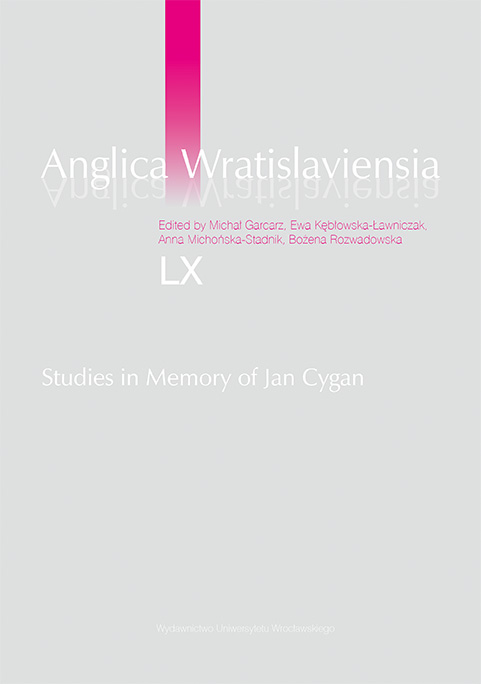

Articles

William Oldroyd’s film Lady Macbeth (2016 release from the UK) is a dark and disturbing portrait of a young woman, Katherine Lester, set in the bleak context of nineteenth-century provincial Scotland. The film offers a transmedia re-reading of Nikolai Leskov’s “Lady Macbeth of Mtsensk” (1865), a novella roughly appropriating and involving the eponymous Shakespearean character. Avoiding the poetics of period drama á la Belgravia (2020) or Downton Abbey (2010–2015), which offers global audiences shortbread-tin versions of British literature and culture as windswept and white, Oldroyd’s film introduces colour-blind casting to reveal the less-known facts of Britain’s provincial life—astounding numbers of Black people in nineteenth-century north-east England and a complex system of race, class, and gender oppression. The film’s poetics aligns itself with Leskov’s naturalism and thus with the post-heritage darker, dirtier, and more brutal images of the past defined by Andrew Higson as “dirty realism”. This article argues that Lady Macbeth is more interested in the experience of boredom that precedes storytelling than in the story’s well-constructed plot, employs slow cinema strategies, and is influenced by Vilhelm Hammershøi’s art. The film reproduces both Hammershøi’s aesthetics and atmosphere. Rather than consider Oldroyd’s work politically in terms of oppressive white privilege and patriarchy, this article tries to read the adaptation through the lens of a less-conspicuous undercurrent of storytelling, which foregrounds experience instead of scenarios focusing on narratives where moral judgment matters, and where the storyteller assumes responsibility for the life they are retelling.